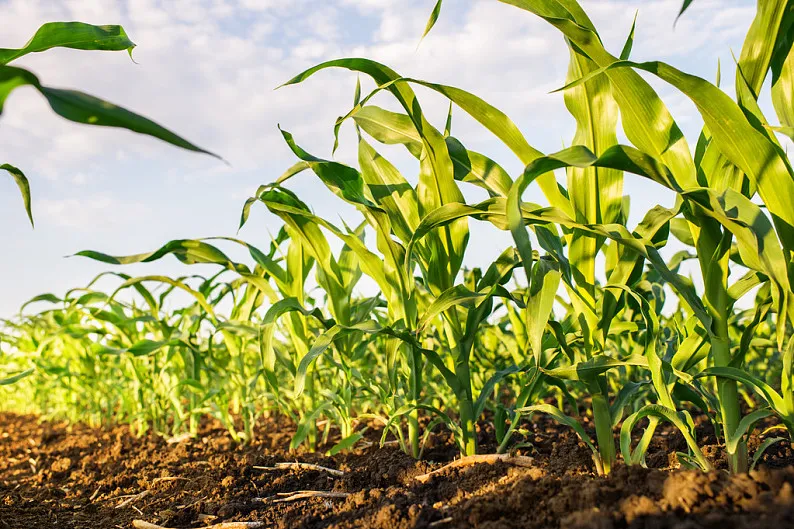
Okt. . 30, 2024 18:27 Back to list
dichlorvos
Dichlorvos A Multifaceted Insecticide
Dichlorvos, also known by its chemical formula C4H7Cl2O4P, is a potent organophosphate insecticide that has been widely used in agricultural practices and pest control for decades. With its ability to effectively eliminate a broad spectrum of pests, dichlorvos has made a significant impact on the agriculture industry and public health.
Originally developed in the mid-20th century, dichlorvos was hailed for its efficacy in controlling insect populations, particularly in crops. Farmers quickly adopted it as a reliable solution for protecting their yields from harmful pests such as aphids, weevils, and flies. Its mode of action involves inhibiting an enzyme called acetylcholinesterase, which leads to the accumulation of acetylcholine in the synapses of insects, resulting in paralysis and eventual death. This mechanism is what makes dichlorvos a formidable opponent in the fight against pest infestations.
However, the widespread use of dichlorvos has raised a number of environmental and health concerns
. As an organophosphate, dichlorvos is highly toxic not only to insects but also to humans and other non-target organisms. Exposure can occur through inhalation, skin contact, or ingestion, leading to symptoms such as headaches, nausea, and in severe cases, respiratory failure. For agricultural workers, the risks are particularly pronounced, necessitating stringent safety measures and regulations.dichlorvos

In addition to health risks, the environmental impact of dichlorvos is a subject of ongoing research. Studies have shown that it can persist in soils and water, leading to contamination that affects ecosystems and biodiversity. This has prompted regulatory bodies in several countries to impose restrictions on its use, urging the adoption of integrated pest management practices that minimize chemical reliance in agriculture.
In recent years, the trend has been shifting towards more sustainable pest control methods. Biopesticides, natural predators, and habitat management are being explored as alternatives to chemical insecticides like dichlorvos. Furthermore, the development of less harmful chemical alternatives is on the rise, aiming to address the urgent need for effective pest management without compromising safety and environmental integrity.
In conclusion, dichlorvos served as a significant advancement in pest control technology, offering impressive results for agriculture. However, the associated health risks and environmental implications have necessitated a reconsideration of its use. As we move towards more sustainable agricultural practices, it is crucial to balance pest management needs with the protection of human health and the environment. Continuous research and innovation will be essential in shaping the future of pest control, ensuring that it is both effective and safe.
-
Kasugamycin Fungicide: Efficient Bacterial & Fungal Control
NewsAug.02,2025
-
Emamectin Benzoate: AI-Optimized Pest Control Solution
NewsAug.01,2025
-
Best Abamectin 95% | Top Pesticide for Crop Protection
NewsJul.31,2025
-
Insecticide Spirotetramat 11% + Thiacloprid 11% SC at Good Price
NewsJul.30,2025
-
Best Abamectin SDS - Premium Quality & Reliable Safety Data
NewsJul.29,2025
-
Agrochemicals Pesticides Solutions for Sustainable Farming
NewsJul.29,2025
